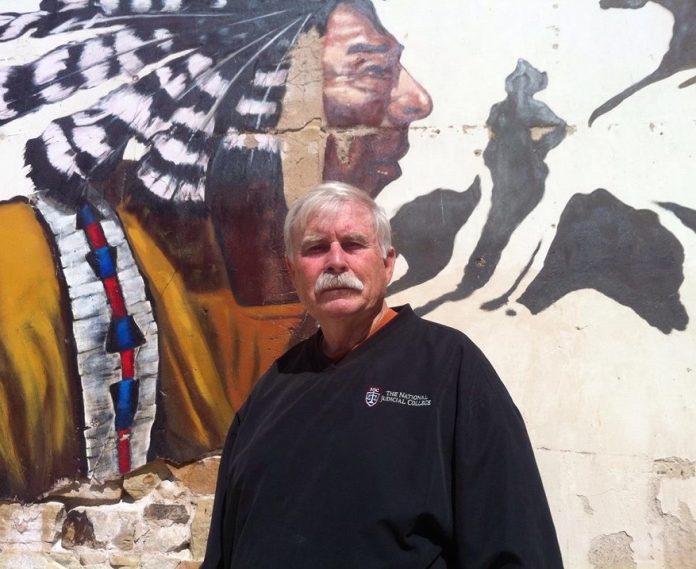GAVEL GAMUT
By Jim Redwine
www.jamesmredwine.com
(Week of 09 June 2025)
AN ANNIVESARY
Just over one hundred years ago (June 1921), what historians consider one of the worst incidents of White on Black racial violence occurred in Tulsa, Oklahoma. An entire Black business district and many Black owned residences were destroyed by White vigilantes. Approximately 300 Negro citizens were murdered. The matter was omitted from official historical records until 2001. As a student in Oklahoma public schools from 1950-1961, I never heard of this event. It is now being included in school curricula. I recently was doing research for this column when I referred to a book, The Oklahoma Story, by former Oklahoma University Professor of History Arrell Morgan Gibson (1921-1987). In an informative and interesting book on the history of Oklahoma published in 1978, there is no mention of the 1921 Tulsa Race Massacre even though Professor Gibson does include Oklahoma’s history of segregation and racial prejudice.
For example, the book points out that the first Legislature of Oklahoma formally adopted legal segregation of public schools, public transportation, public toilets, water fountains and other facilities. While I have never forgotten living in a culture steeped in Jim Crow formal and societal expected segregation, Gibson’s book sharpened my memories and caused me to return to my frequently sublimated curiosity about America’s caste systems. One of my most difficult father/son experiences I had was attempting to explain the apartheid of my youth to my son who could not comprehend the incomprehensible. It is difficult to explain what one does not understand. I approached our numerous conversations about Jim Crow by relating my personal experiences with it. Of course, my experiences remained almost as mysterious to me as they were to my young son.
I had no explanation for why White society used its majority power to keep Blacks, what we called Coloreds, at a distance and a disadvantage. Why was the water from a White’s only public fountain better than that from a Colored fountain when they were both connected to the same source only a couple of feet apart? What difference did it make if Colored waste was separated at a commode when the sewers claimed both? And why was it okay for Coloreds to pay White restaurant owners for food to go but it was illegal for Coloreds to sit at the counter? What was so vile about Colored bodies that they could not ride in the White only seats? Most puzzling of all was what was so sinful about Colored Christianity that it could not be expiated along with White sin on Sunday?
Well, Gentle Reader, if you did not live under apartheid, this probably makes no more sense to you than it did to my son, or frankly, to me. On the other hand, I do wonder if we still have far to go as a society when it comes to race, or religion or gender or…. I also wonder if such public spectacles as the Sean Diddy Combs trial would be the titillating social phenomenon it is if the participants were White. Does America still suffer from a 400-year-old need to keep Black culture in a separate category from White?
Have we progressed or have we found ways to assuage our prejudice with bemusement? Even our President appears to fear that any recognition that America has need to make reparations is somehow morally wrong. As for that conversation with my son who now has children of his own, well, his daughter’s best friend is Black. However, the better news is, I do not think either his daughter or her friend knows there is a distinction.
For more Gavel Gamut articles go to www.jamesmredwine.com





